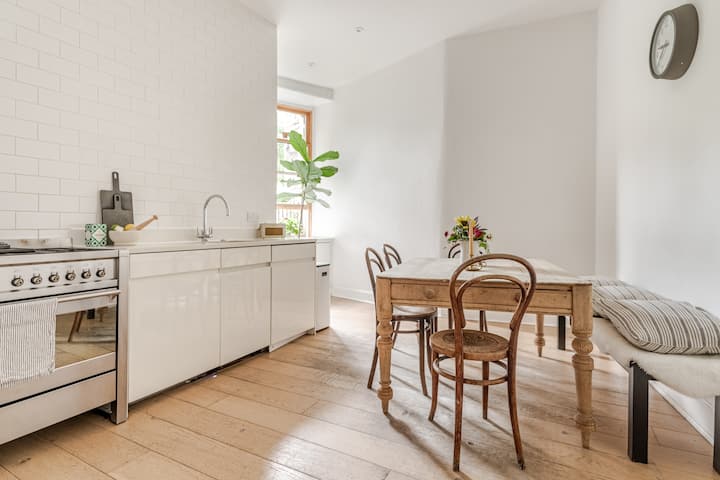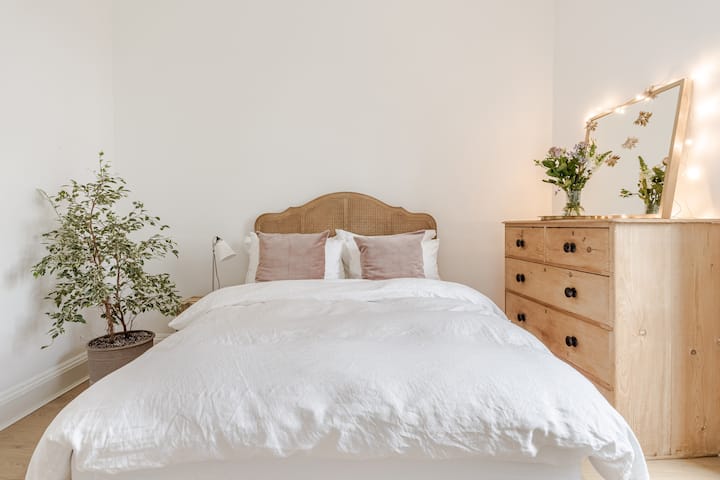-
Those who undertake invisible labor (especially women)
-
People who need to understand and reflect (partners, family members, especially men)
-
Researchers and curators (gender, society, labor researchers, and related curators)
-
The general public
-
Invisible laborers: provide a space to be seen and understood, and encourage thinking about fair division of labor.
-
Men and family members: feel the weight of invisible labor through interactive experience, and encourage responsibility sharing.
-
Researchers and curators: provide historical, and social background and data analysis to promote in-depth discussion.
-
Ordinary audiences: use daily life as a starting point to emphasize the social significance of invisible labor.
However, when I studied further, I found that the audience’s choice should not be based on their own subjective judgment, but should be more related to other details such as the location of the exhibition. Therefore, I readjusted my thinking on audience selection.
At first, I wanted to choose a family house next to a nursery, because it seemed to be a gathering place for more housewives, but the fact is that when I went to look for my ideal location, there was no ideal location near the nursery or amusement park in Edinburgh.
In the process of communicating with my peers, I unexpectedly found that some young women did not have a clear concept of invisible labor, which led to their lack of concept of the responsibilities they might assume in their future family life. Therefore, they can become one of the main objects of my exhibition and be related to my location selection.
Young women are concentrated in universities. Based on this idea, I searched for residential housing for rent in Edinburgh on the Airbnb software and hoped to find a venue close to the University of Edinburgh. At first, I chose a student apartment about 8 minutes’ walk from the University of Edinburgh. However, when I further browsed his interior space setting, I found that I could only connect it with my daily study life, but not with my family life. Perhaps other young women would have the same concerns as me when they walked into the exhibition space. Therefore, I think this choice is not appropriate.

After extensive browsing, I found that Amern’s rental house is the most suitable. It is not only in a good location, about 7-minute walk from Edinburgh University, but also a very typical home space, which is very consistent with my exhibition concept, so I plan to choose this venue to match my main audience.
My next step is to think about how to attract my second audience group of housewives, working mothers, family caregivers by organizing events or promoting in specific locations.




